The Delight of Growing Spring Carrots
Growing your vegetables at home is a rewarding endeavor that not only ensures a fresh supply of organic produce but also connects you with nature's rhythms. There's something uniquely satisfying about venturing into your garden and pulling up a carrot, knowing it was nurtured from seed to harvest.
Spring, with its warming soil and lengthening days, provides an ideal window for cultivating carrots, especially when home gardening is at its most welcoming phase. Understanding the nuances of spring planting is crucial. Not all crops thrive in this temperate window, but carrots, with their versatility and resilience, make an excellent choice.

Embark with us on a journey that explores how to successfully grow carrots in spring, ensuring a bountiful and crunchy harvest.
Understanding the Basics of Carrot Cultivation
What Makes Carrots an Ideal Spring Crop?
Carrots are a beloved crop for many reasons. Choosing them for your spring garden not only fills your plot with nutrient-rich roots but also hones your gardening skills with a relatively simple cultivation process.
Benefits of Growing Carrots in Spring
Spring's cool weather perfectly suits carrot germination. Carrots prefer soil temperatures between 55-75°F (13-24°C), making early to mid-spring an ideal planting time in most regions. The days are just long enough to promote growth without the harsh heat that can impact seedling development. Moreover, growing carrots at home means you can savor their pure, sweet flavor, free from commercial preservatives.
Overview of Carrot Varieties Best Suited for Spring Planting
Choosing the right carrot variety is crucial for a successful harvest. Some of the best varieties for spring planting include:
-
Nantes: Known for its sweet taste and crisp texture, Nantes is a favorite among home gardeners.
-
Chantenay: Short and stout, they are perfect for heavy or shallow soils.
-
Imperator: Recognized for its long, tapered roots commonly found in grocery stores, this variety needs loose, deep soil.

Each variety has unique growth needs and potential yields, making it essential to select one well-suited to your garden's conditions.
Essential Soil Conditions for Carrots
A significant factor in carrot cultivation is the soil condition. Carrots thrive in loose, sandy loam soil. Preparing your garden soil involves some crucial steps:
Soil Preparation and Testing
Begin by testing your soil's pH, ideally aiming for a range between 6.0 and 7.0. Conduct a soil test to ascertain nutrient content and amend changes accordingly. Adding organic matter like compost improves structure and fertility, boosting carrot growth potential.
Avoiding Soil Compaction
Carrots require soft, uncompacted soil to develop their characteristic elongated roots. If your soil is dense, consider using raised beds or performing a deep till with added fine sand or vermiculite to improve aeration and drainage.
Step-by-Step Carrot Planting Guide
Choosing a Planting Location
Selecting the right location for your carrot crop is pivotal. Carrots require full sunlight to thrive, so choose a site that receives at least 6-8 hours of direct sunlight daily.
Spot Selection Considerations
Ensure your planting area allows for proper drainage. Avoid low spots where water tends to collect, as carrots can become waterlogged, leading to root diseases.

Sowing Carrot Seeds
Carrot seeds are notoriously tiny, which can make planting a bit tricky. Here is how to sow them effectively:
Seed Planting Techniques
-
Row Planting: Scatter the seeds thinly along rows, spacing them approximately 2-3 inches apart. Cover lightly with soil.
-
Seed Tapes: Utilize seed tapes for consistent spacing, ideal for beginners unfamiliar with hand sowing.
Germination requires patience, generally taking 10-21 days. Keep the soil moist during this period to support sprouting.
Caring for Your Growing Carrots
Watering Methods
Maintaining even moisture is essential as carrots establish themselves. Begin with frequent shallow watering to encourage root development and switch to weekly irrigation as they mature, soaking the soil thoroughly.
Thinning and Retaining Moisture
Once seedlings reach about 3 inches tall, an important task awaits - thinning. Thin seedlings to a 2-3 inch spacing to provide adequate room for mature growth. Use the thinning opportunity to check for moisture consistency; if the climate is particularly dry, consider utilizing mulch to conserve water.

Using Mulch for Moisture Retention
Apply a 1-2 inch layer of organic mulch around the plants to retain soil moisture and suppress weed growth. This not only aids in cooling the soil in warmer areas but promotes healthier carrot development.
Monitoring for Pests and Diseases
Common Carrot Pests
Carrots are susceptible to a few pests like the carrot rust fly, aphids, and nematodes. Using floating row covers from sowing can effectively shield young crops from the rust fly’s larvae.
Natural Pest Control Solutions
-
Companion Planting: Plant chives or onions nearby to repel pests naturally.
-
Diatomaceous Earth: Dust the soil with this non-toxic powder to deter pests.
-
Regularly inspect plants for signs of infestation and intervene early to mitigate the impact.
Identifying and Managing Diseases
Root rot and leaf blight are common carrot diseases exacerbated by poor drainage or humidity. Crop rotation and proper watering techniques help reduce disease occurrence, as does fostering strong plant immunity through soil nutrition.

Harvesting and Storing Your Spring Carrots
Signs That Carrots Are Ready for Harvest
Harvesting should take place 60-80 days after planting, depending on the variety. Carrots are best picked when they reach their full size but before they become overripe and woody.
Harvesting Techniques
Gently loosen the soil with a pitchfork before pulling to avoid breaking the roots. Harvest during cooler parts of the day to preserve freshness.
Proper Storage Methods
Freshly harvested carrots can be stored in the refrigerator, ideally in perforated plastic bags, to maintain humidity and freshness. For longer storage, consider layering them in moist sand or sawdust in a cool area to prevent them from wilting.
Adding Carrots to the Kitchen Table
The many culinary uses for home-grown carrots add to their garden appeal. Whether raw, roasted, or stewed, your garden produce will enhance a variety of meals.
Conclusion: Your Successful Spring Carrot Grow
Embarking on the journey of growing carrots during the spring not only provides fresh, nutritious produce but also enriches your understanding of gardening lore. From selecting the right variety to nurturing the soil and careful monitoring for pests, each step promises a rewarding harvest.

As you gain gardening experience, consider exploring our wide range of products at Plantology for further enhancing your home garden. Our extensive selection of plants and trees, like the Adonidia Palm and the Alexander Palm, makes us your ideal partner in creating beautiful, sustainable green spaces.
Explore more gardening insights and enhancement tips on our Plantology website, where every garden enthusiast finds inspiration and guidance for the next planting season.

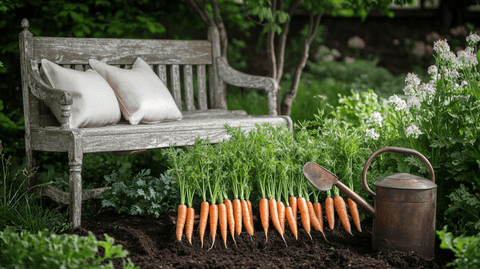

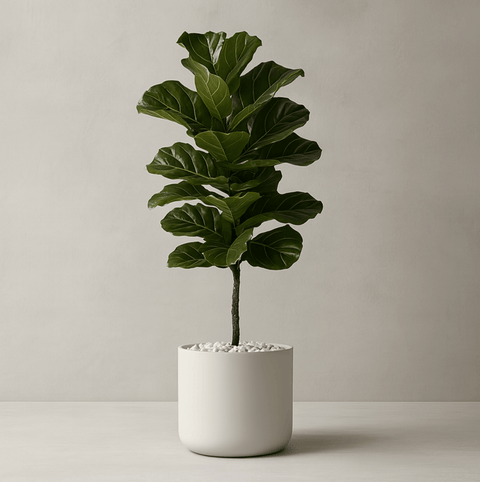
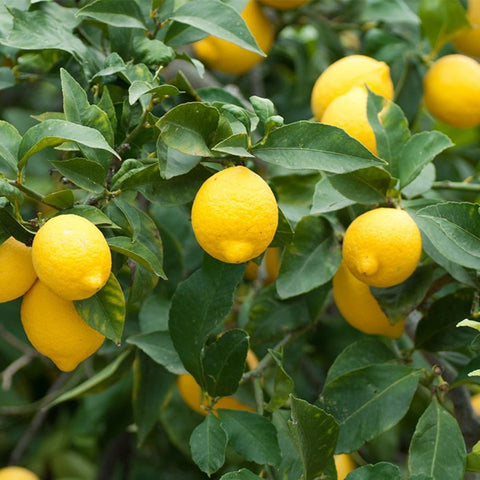

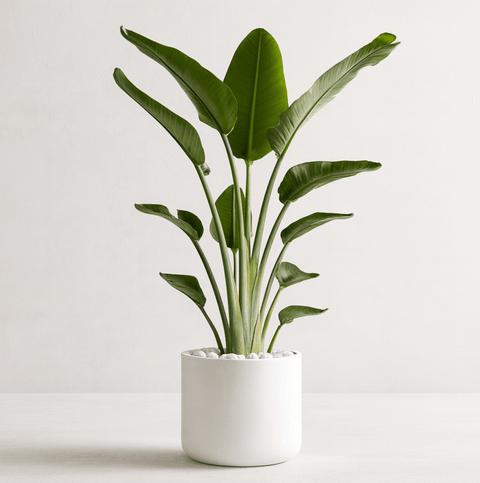



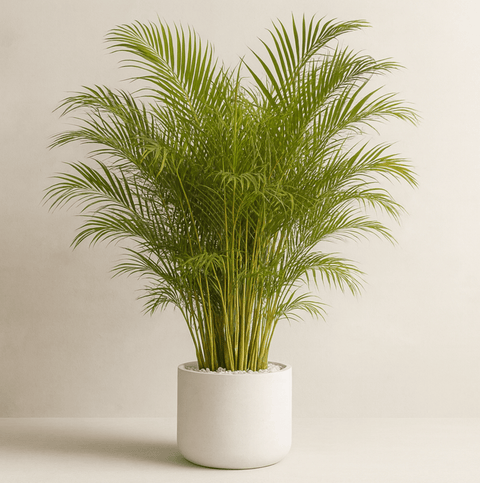






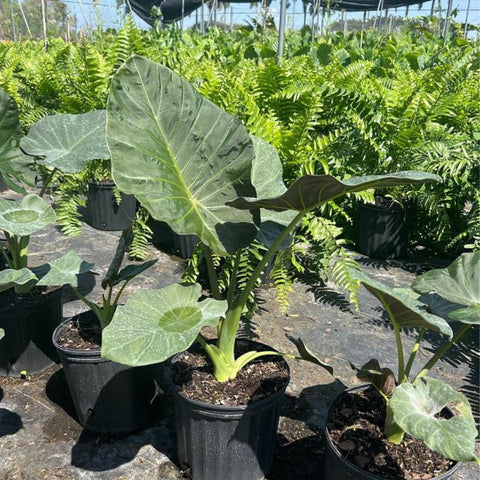





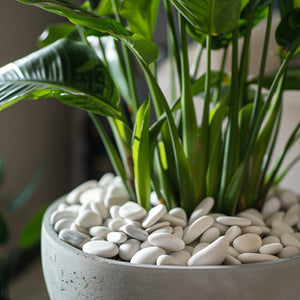

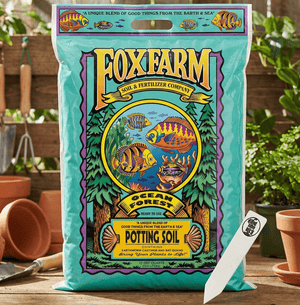




Comments (0)
There are no comments for this article. Be the first one to leave a message!